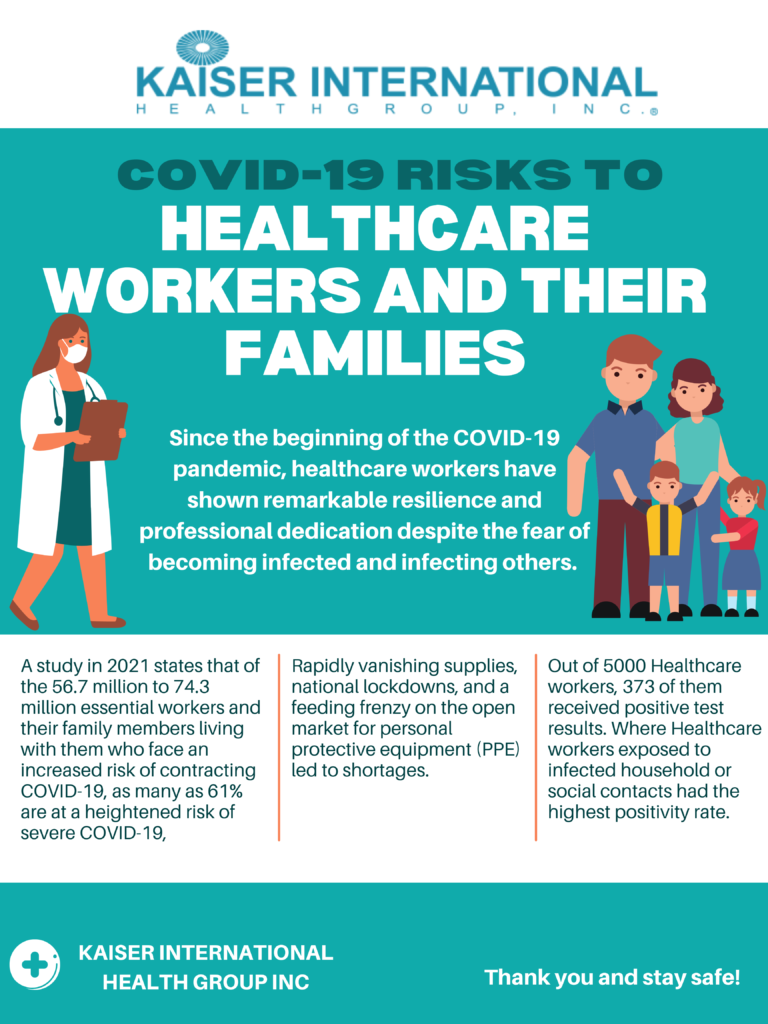Since the beginning of the COVID-19 pandemic, healthcare workers have shown remarkable resilience and professional dedication despite the fear of becoming infected and infecting others. Superspreading events, a hallmark of previous COVID-19 outbreaks, contribute substantially to community transmission of COVID-19 and to work-related clusters. Most countries struggled with insufficient testing capacity in the first months of the pandemic, which hampered the early detection of emerging outbreaks and the implementation of infection control measures.
During the first wave of the pandemic, overstretched the healthcare systems in the Philippines leaving health workers struggling with long working hours, fatigue, and extreme psychological stress. Rapidly vanishing supplies, national lockdowns, and a feeding frenzy on the open market for personal protective equipment (PPE) led to shortages. Healthcare workers often had to care for patients with suspected or confirmed COVID-19 infection without proper training or adequate PPE. This contributed to an increased risk to healthcare workers during the initial phase of the pandemic.
While there is still the surge of COVID-19 this year 2021, healthcare workers and their families account for a huge percentage of hospital admission. The risk of healthcare workers and their families was higher compared with other working-age adults, especially for those in front door patients facing roles such as paramedics. Many healthcare staff work in high-risk settings for COVID-19 and transmitting it to their household, workplace contacts, or both. Yet the extent of these risks is not well understood, as studies are lacking or have been by quality issues.
A study in 2021 states that of the 56.7 million to 74.3 million essential workers and their family members living with them who face an increased risk of contracting COVID-19, as many as 61% are at a heightened risk of severe COVID-19, results of a recent study led by researchers from the Agency for Healthcare Research and Quality suggest.
Family & Friends pose the highest risk of infection
COVID-19 symptoms can vary widely. Some people have no symptoms at all, while others become so sick that they eventually need some medical assistance to breathe. The risk of developing dangerous symptoms may be an increase in people who are older and also in people of any age who have other serious health problems such as heart or lung conditions, weakened immune systems.
Healthcare workers live with their families or friends. This makes them at the highest risk of COVID-19 infection despite having the vaccines this 2021. A study was conducted that people had a high risk of prolonged close contact with a person infected with COVID-19 while not wearing appropriate PPE, and one-third of those exposures occurred outside of patient care settings. Out of 5000 Healthcare workers, 373 of them received positive test results. Where Healthcare workers exposed to infected household or social contacts had the highest positivity rate.
Find a good healthcare provider that can help you be in your most healthy state. An example of a good healthcare provider is Kaiser International Health Group Inc. They cater to each individual’s needs whether you are a healthcare worker or not, Kaiser International has your back!
